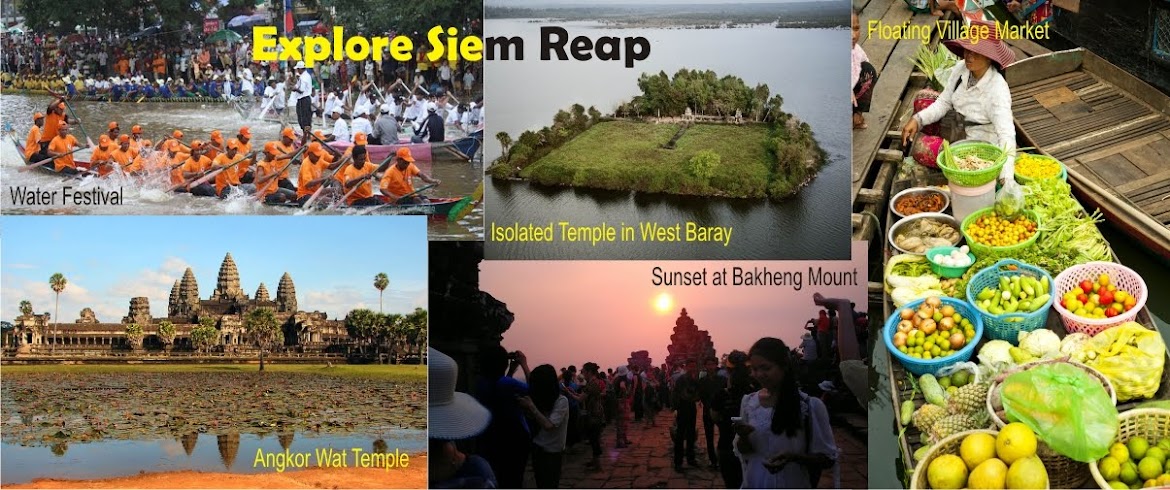The churning of the Ocean of Milk (c.50 m).
The depiction of the creation myth is rendered in great detail and with great precision. The gods (devas), including Shiva, help Vishnu to confront Evil, represented by the asuras, in the effort to churn the ocean of milk, to produce the elixir of immortality (amrita), and create order out of Chaos. Vasuki, at the centre of the panel (his figure unfinished) (64, page 55), stands on Mount Mandara that serves as the central pivot, supported by the turtle (Vishnu's second avatar 4, page 17). He controls the churning operation by the devas and asuras,who are pulling the great five-headed naga vasuki (165, page 110), who acts as the rope around the churn.
The small figure flying above Vishnu represents (according to the Bhagavad Purana) another of Vishnu’s manifestations. However, the possibility that it might be the god Indra cannot be ruled out, particularly if one considers that the two unfinished figurines ober Vishnu’s discus may represent the elephant Airavata and the horse Uccaishvara, both symbol of Indra.
The top (third) register contains a myriad of graciously flying apsaras, while the bottom register is full of creatures of the ocean: those closest to the churning vortex, are cut to pieces. To the right and the left of the lively scene of the churning there are the reserve armies, respectively of the devas and of the asuras. They stand, fixed in contemplation of the churning, ready to participate when required.One asura turns his head towards a neighbour to converse, while another, with his leader, closer to the churning scene, points towards the gigantic head of the naga. The dena reservists are more disciplined, and nobody breaks rand. Behind them are horses pulling chariots, and elephants with war howdahs, and behind all these, a forest of banners and parasols.
Le Bonheur(1989) has noted certain incongruities in this representation: as Vishnu’s lower left leg is bent over Mount Mandara, he should also be spinning with the churning motion, unless he is fling. Moreover, how could the land-based armies of the devas and asuras possibly reach Mount Mandara, planted in the middle of the Ocean of Milk? Moreover, the vase containing the amrita, the sole object of all this supernatural effort, is missing from the relief.
The influence of the Ramayana in the iconography of this primordial myth is indicated by the presence, on the side of the devas, of the monkey holding the tail of the naga snake, identified as Sugriva (rather than Hanuman), and, of a general with the headdress of an asura, identifiable perhaps as Vibhishana, Ravana’s brother, and an ally of Rama, It may be that this character is in fact Rahu, who joined the action in stealth, hoping to drink the amrita. He was discovered. however, and his head was chopped from his body by Vishnu. In revenge, he regularly swallows the sun and the moon in eclipses.
Thus the Vishnuite myth of the Churning, here presents a novel influence from the Ramayana, also a Vishnuite text, glorifying the human and royal avatar of the god.

No comments:
Post a Comment